Meeting Women from Around the World – Crossing Borders
As the 3rd ACM-W Celebration of Women in Computing kicked off inLinz, Austria, the first thought that came to mind was the theme of the event: Crossing Borders. It was evident that we were in the presence of many different cultures and people from many countries. The diversity was obvious when looking at the geographic origins of attendees, who came from four out of five continents, from as far west as Colorado in the US, to as far south as South Africa and as far east as Russia. Attendees also had diverse interests. Thirty-two posters were presented demonstrating the diversity of attendees’ studies: from benchmarking of linked  data, neural networks, image processing, autonomous vehicles, tools for dyslexia, the list goes on and on. The program underscored the diversity of the event: from programming in Android, to computational music, perception, programming languages, entrepreneurship,wrapping up with a lively panel discussion. With this event we crossed more than just geographical borders, we also shared our technology, cultural and networking interests.
data, neural networks, image processing, autonomous vehicles, tools for dyslexia, the list goes on and on. The program underscored the diversity of the event: from programming in Android, to computational music, perception, programming languages, entrepreneurship,wrapping up with a lively panel discussion. With this event we crossed more than just geographical borders, we also shared our technology, cultural and networking interests.
It was a day that was diverse in many ways but one: gender. Ninety-seven percent of the audience was female, which one would think is the desired target of such an event. However, in order to promote and impact diversity in the computer science community we need to bring men into the discussion. Our goal in the future should be to be inclusive of individuals from all backgrounds, cultures and genders.
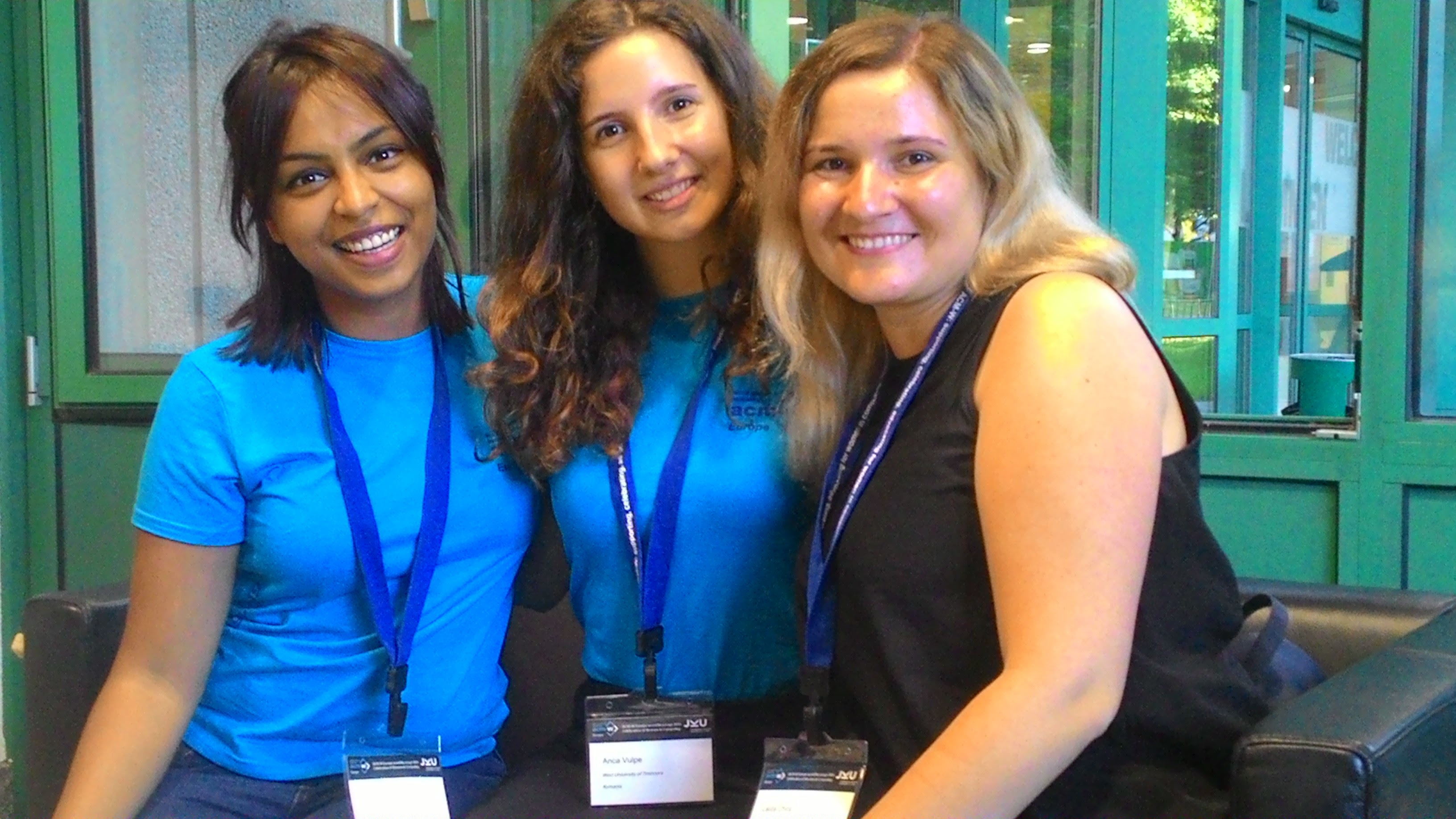 At 16:00 on the 12th of September the Management Zentrum at Johannes Kepler Universitat in Linz, Austria began filling up. Students hung their posters, networked with new friends and visited with representatives from industry who came to show their support. The career fair is a very popular event for students and faculty at the university. Feedback from students indicates that they value the interaction with industry representatives and see it as a major opportunity. Besides networking with the other attendees, they enjoy hearing about opportunities in industry. ACM-W Europe and the womENcourage attendees are thankful for our supporters who provided the opportunity for 50 students to attend the womENcourage 2016.
At 16:00 on the 12th of September the Management Zentrum at Johannes Kepler Universitat in Linz, Austria began filling up. Students hung their posters, networked with new friends and visited with representatives from industry who came to show their support. The career fair is a very popular event for students and faculty at the university. Feedback from students indicates that they value the interaction with industry representatives and see it as a major opportunity. Besides networking with the other attendees, they enjoy hearing about opportunities in industry. ACM-W Europe and the womENcourage attendees are thankful for our supporters who provided the opportunity for 50 students to attend the womENcourage 2016.
SIGPLAN, GOOGLE, Bloomberg, Oracle, Informatics Europe, Intel and FreeBSD
The entire program has been recorded and is available on the ACM YouTube channel. 
The day kicked off with the first keynote by Lynda Hardman from CWI in the Netherlands, her keynote address: “From Linked Data to Stories” conveyed to the audience the assimilation of data into a story and how data taken out of context can convey a message not intended by the speaker. This was an interesting start of a wonderful day. The video of the presentation can be found here.
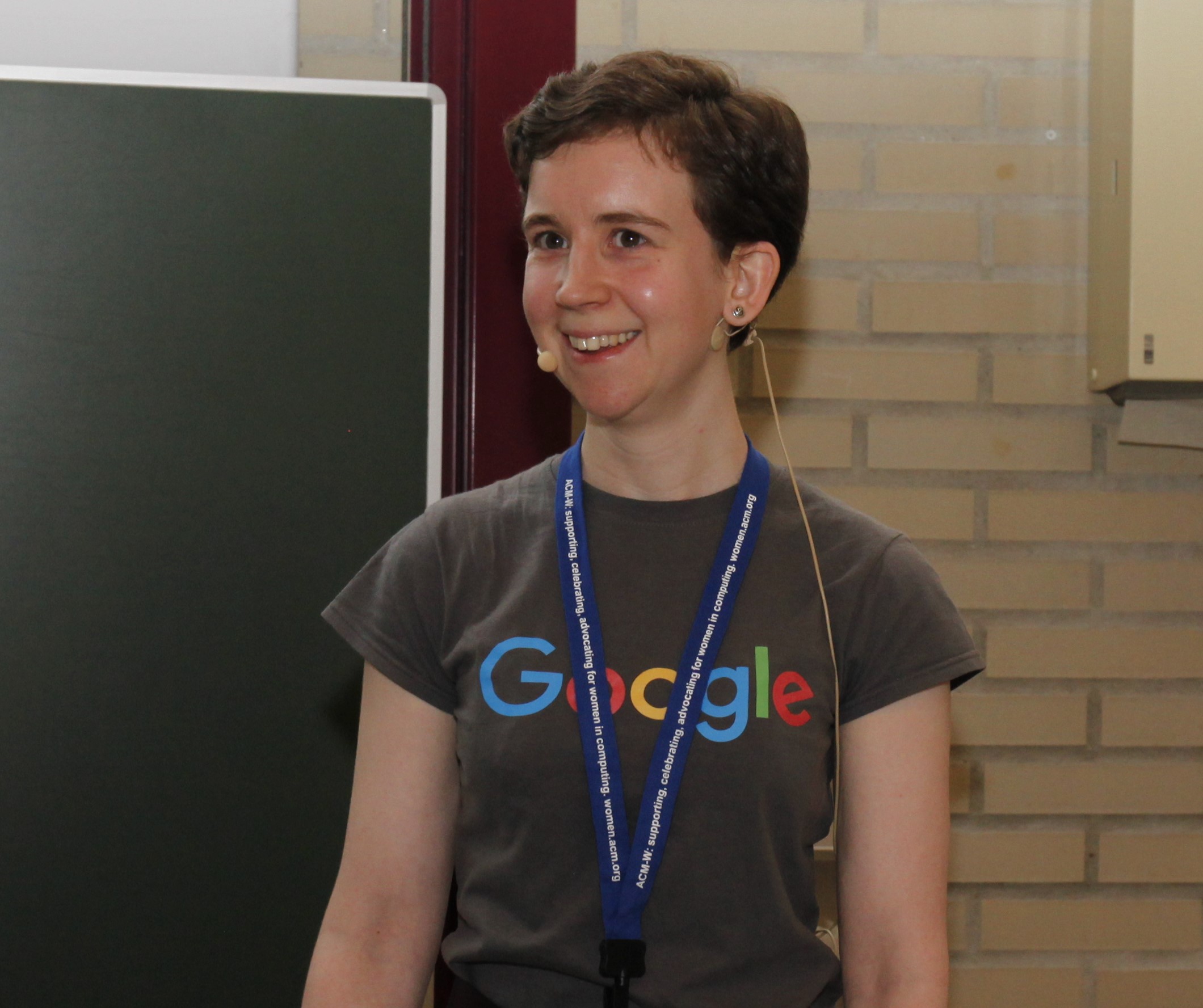 “Android Development at Google” where Robin Bennett, Google discussed her experience of learning programming for Android inspired the participants to learn the ins and outs of Android programming. I heard from one of her professors at Imperial College, London that while she was studying at Imperial College London, she shied away from programming. Now through this talk she is encouraging women to program for Android with detailed examples and lots of enthusiasm. Her experiences of learning Android programming were inspiring and interesting. Watch the video.
“Android Development at Google” where Robin Bennett, Google discussed her experience of learning programming for Android inspired the participants to learn the ins and outs of Android programming. I heard from one of her professors at Imperial College, London that while she was studying at Imperial College London, she shied away from programming. Now through this talk she is encouraging women to program for Android with detailed examples and lots of enthusiasm. Her experiences of learning Android programming were inspiring and interesting. Watch the video.
The diversity of the program was engaging. With each presenter discussing a different topic
we were exposed to very different areas of computing. The keynote: “Computational Music Perception” by Gerhard Widmer from Johannes Kepler University was incredibly enlightening; first by understanding that people play different pieces of music according to their moods and then by demonstrating the research required for computers to play in a similar manner really makes one consider the possibilities for careers and research. A talk such as this one clearly demonstrates the vast number of opportunities in the tech field.
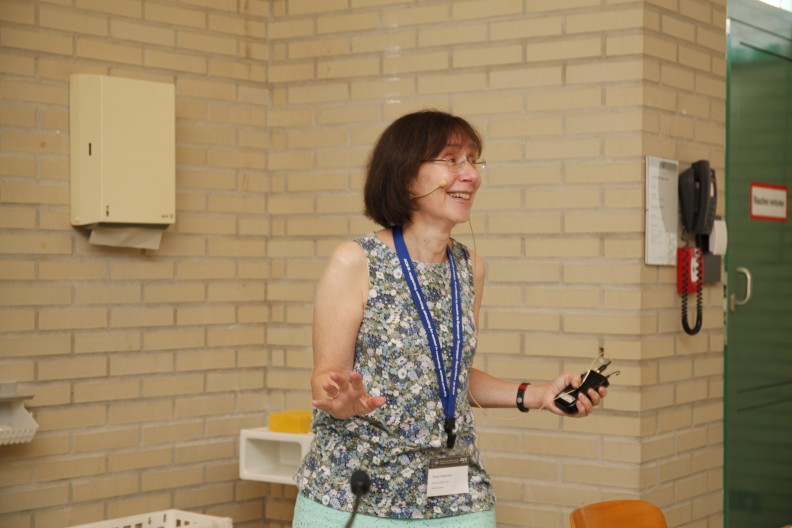 Programming languages are part of the core software required for computer programming. SIGPLAN is a supporter for womENcourage 2016. In her talk “Programming Language Research and Technical Disruption” , Susan Eisenbach of Imperial College London demonstrated how programming languages affect both financial and cybersecurity, and how programming languages can incorporate features that help us stay secure. Watch the video.
Programming languages are part of the core software required for computer programming. SIGPLAN is a supporter for womENcourage 2016. In her talk “Programming Language Research and Technical Disruption” , Susan Eisenbach of Imperial College London demonstrated how programming languages affect both financial and cybersecurity, and how programming languages can incorporate features that help us stay secure. Watch the video.
The final keynote of the day “Cross-disciplinary Modeling” presented by Gerti Kappel, Technical University of Vienna exemplified how modeling can address the issues of distributed computing. Learning about new areas and topics incomputing can engage our curiosity about other topics and lead us along the path of lifelong learning. Watchthe video.
 Entrepreneurship can help you reach goals beyond your reach when the necessary resources are not under your control. “Entrepreneurship: the value of teams and social capital’ presented by NatasaMilic-Frayling, University of Nottingham, detailed the steps, and resources necessary to bring an idea to market. Networking connects you to the rest of the ecosystem, using your social capital, which is your network and their reputation. Watch the video.
Entrepreneurship can help you reach goals beyond your reach when the necessary resources are not under your control. “Entrepreneurship: the value of teams and social capital’ presented by NatasaMilic-Frayling, University of Nottingham, detailed the steps, and resources necessary to bring an idea to market. Networking connects you to the rest of the ecosystem, using your social capital, which is your network and their reputation. Watch the video.
- A Panel of Successful Computer Scientists
ACM-W Europe womENcourage 2016 wrapped up with a panel discussion on the topic “Promoters and Prohibitors for a Career in CS” led by Dame Wendy Hall, University of Southampton, along with the panelists:
- Becky Plummer, Bloomberg LP
- Pearl Pu, École Polytechnique Fédérale de Lausanne
- Toni Collis, University of Edinburgh
- Jane Richardson, Oracle Academy
Dame Wendy Hall opened the panel by asking the panelists what has helped them to get where they are today, and what are their top tips for the audience. Top tips from the panelists include:
- Continue to network. One of the most important things you can do is networking. As with the womENcourage event and its diverse topics, networking helps you look at things differently.
- Your network is your job and career, you can be working on a global job from anywhere in the world.
- Get advice on and ask someone to review your CV.
- Listen to all the advice you are given but take only those that you really feel will be important for you.
- When you are curious about a topic, persist and acquire necessary skills.
- If you are going to have technical interviews get involved with hackathons.
- Distinguish people around you who are promoters.
- Make your own physical and mental health a priority, meditate and practice yoga.
- Don’t worry if you do not want to be perfect.
- Most of us experience “imposter syndrome”. In order to counter this, have advocates who you trust, who reinforce to you your qualities and accomplishments.
- There is a huge demand for talent in the industry. The demand is there for you.
- Closing thoughts for #womENcourage2016. Looking forward to #womENcourage2017
ACM-WE is thankful to the organizer, volunteers and the attendees of womENcourage 2016 to make it a success. womENcourage 2017 is planned to take place on September 6-8, 2017 at Barcelona.



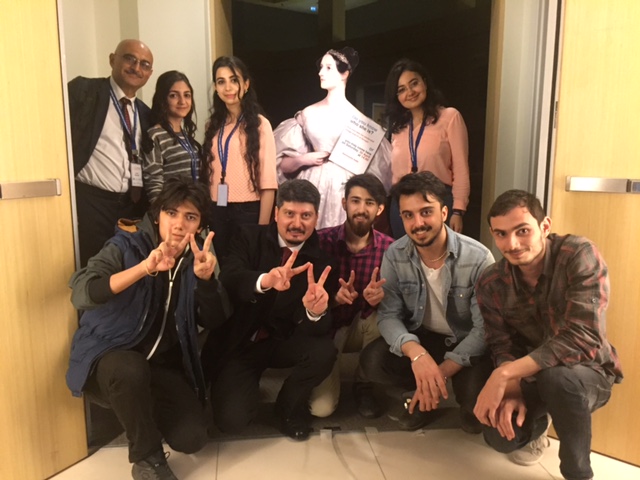




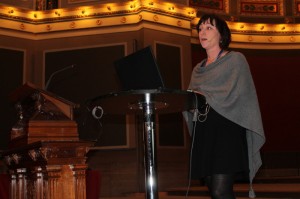


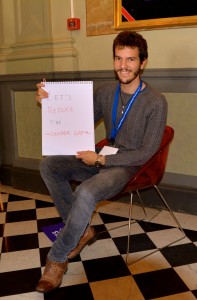 he stories’ and contributions of women in computing.
he stories’ and contributions of women in computing.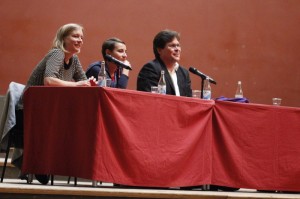



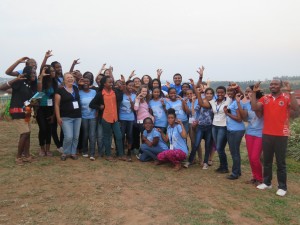



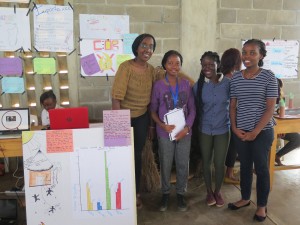

 er for WiSCI 2015, a STEAM (Science, Technology, Engineering, Arts, and Mathematics) camp for 120 High School Students from 9 different countries (90 from Ethiopia, Ghana, Kenya, Nigeria, Rwanda, South Africa, Tanzania, Uganda and 30 from the USA) . As the only female technical trainer in a team of 4 volunteer technical trainers, I feel especially thankful for this opportunity. After months of preparation and planning we arrived in Rwanda late evening with only 4 days before we would start teaching the girls the basics of programming and electronics using the Intel Galileo Board. I met four of my teammates with whom I had only spoken to on the phone at the airport in Brussels, the other three I met at Kigali airport when we landed. Throwing 8 people into a bus, is certainly a good way to get to know each other, the conversations were fast and furious.
er for WiSCI 2015, a STEAM (Science, Technology, Engineering, Arts, and Mathematics) camp for 120 High School Students from 9 different countries (90 from Ethiopia, Ghana, Kenya, Nigeria, Rwanda, South Africa, Tanzania, Uganda and 30 from the USA) . As the only female technical trainer in a team of 4 volunteer technical trainers, I feel especially thankful for this opportunity. After months of preparation and planning we arrived in Rwanda late evening with only 4 days before we would start teaching the girls the basics of programming and electronics using the Intel Galileo Board. I met four of my teammates with whom I had only spoken to on the phone at the airport in Brussels, the other three I met at Kigali airport when we landed. Throwing 8 people into a bus, is certainly a good way to get to know each other, the conversations were fast and furious.

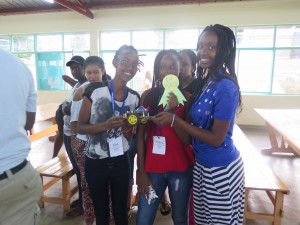
 Marie-Paule Cani served in the program committees of all major conferences in computer Graphics and was program chair a number of times. She served in the steering committees of SCA, SBIM and SMI, and in the editorial board of Graphical Models, IEEE TVCG and CGF. She was an EC member of ACM SIGGRAPH from 2007 to 2011, and she represented Computer Graphics in the ACM Publication Board from 2011 to 2014. In France, she belongs to the executive board of the GDR IG (Informatique Graphique) and to the CA of the French chapter of Eurographics. She has been Vice President of Eurographics since January 2013. As the chair of the Outreach Committee of ACM-WE, Bev Bachmayer, had the opportunity to catch up with Marie-Paule for a short discussion last month.
Marie-Paule Cani served in the program committees of all major conferences in computer Graphics and was program chair a number of times. She served in the steering committees of SCA, SBIM and SMI, and in the editorial board of Graphical Models, IEEE TVCG and CGF. She was an EC member of ACM SIGGRAPH from 2007 to 2011, and she represented Computer Graphics in the ACM Publication Board from 2011 to 2014. In France, she belongs to the executive board of the GDR IG (Informatique Graphique) and to the CA of the French chapter of Eurographics. She has been Vice President of Eurographics since January 2013. As the chair of the Outreach Committee of ACM-WE, Bev Bachmayer, had the opportunity to catch up with Marie-Paule for a short discussion last month.